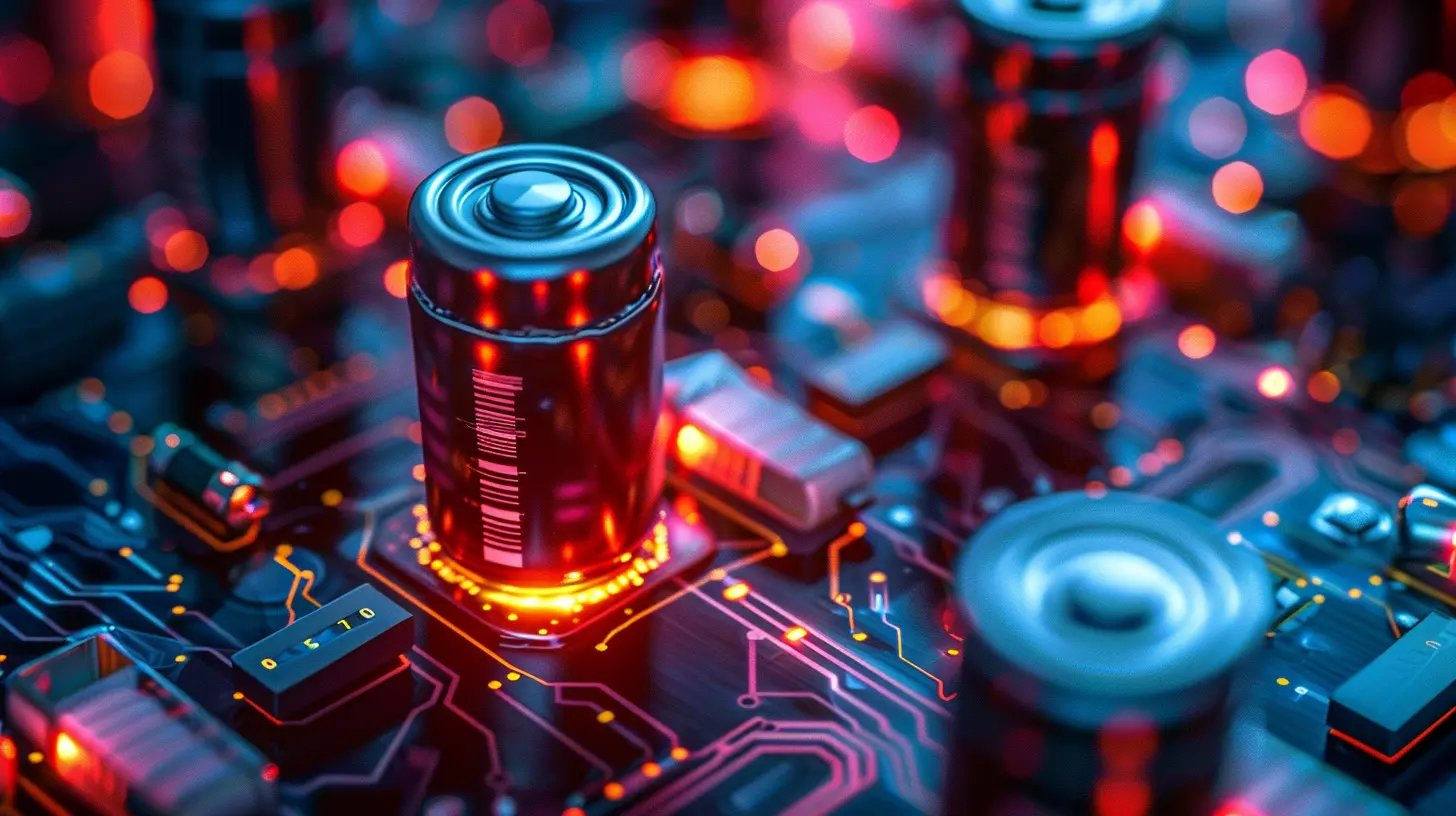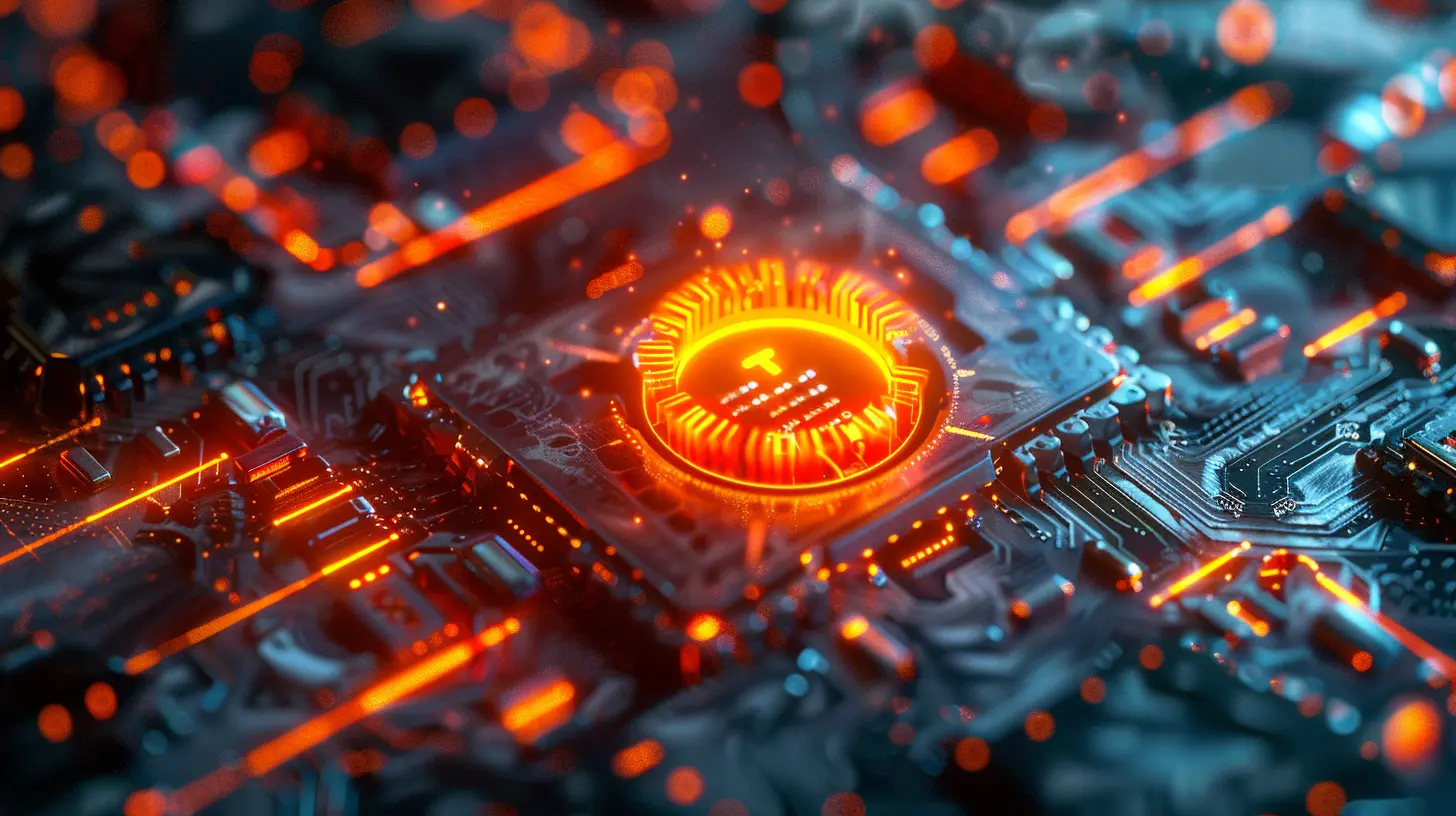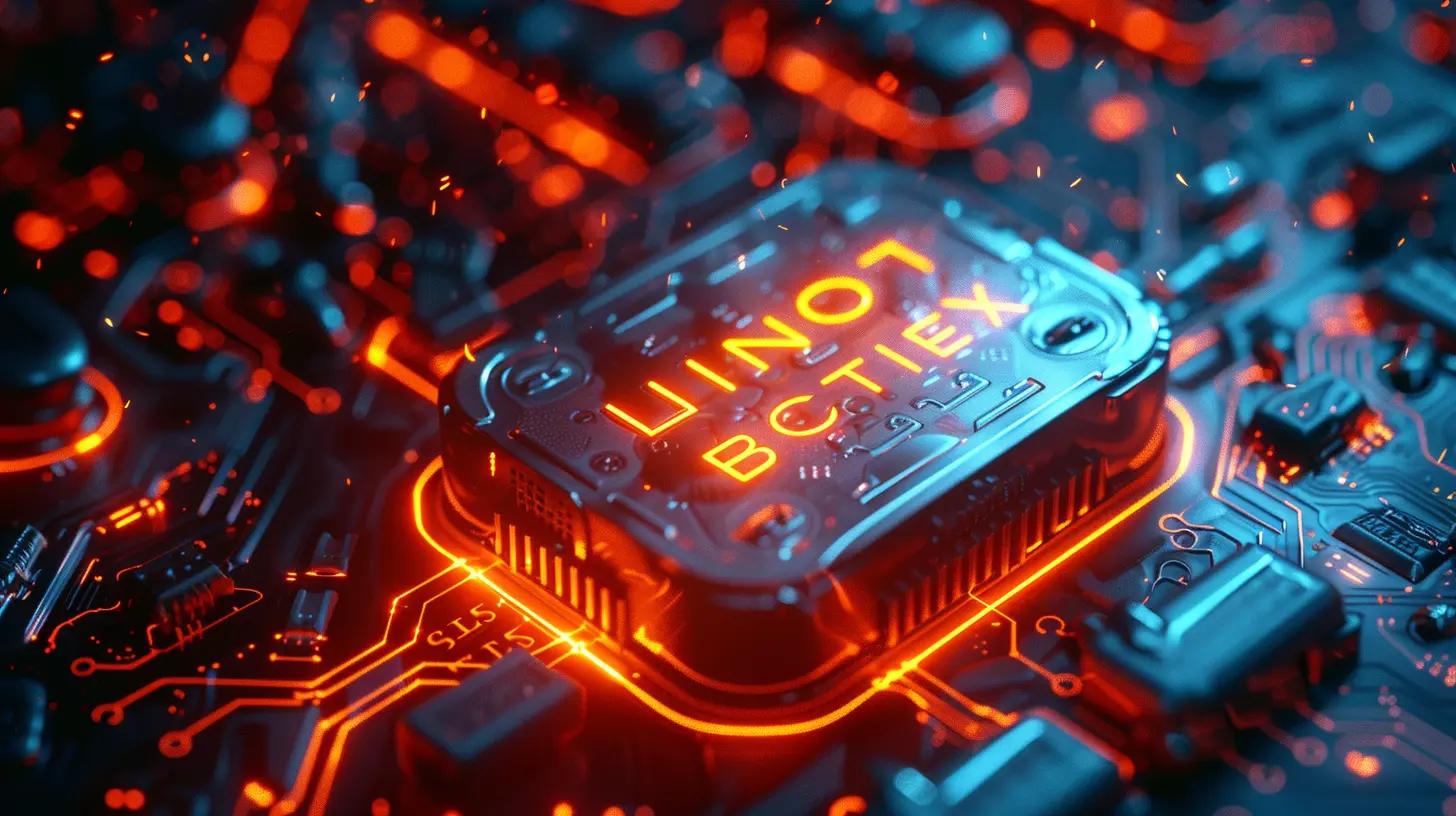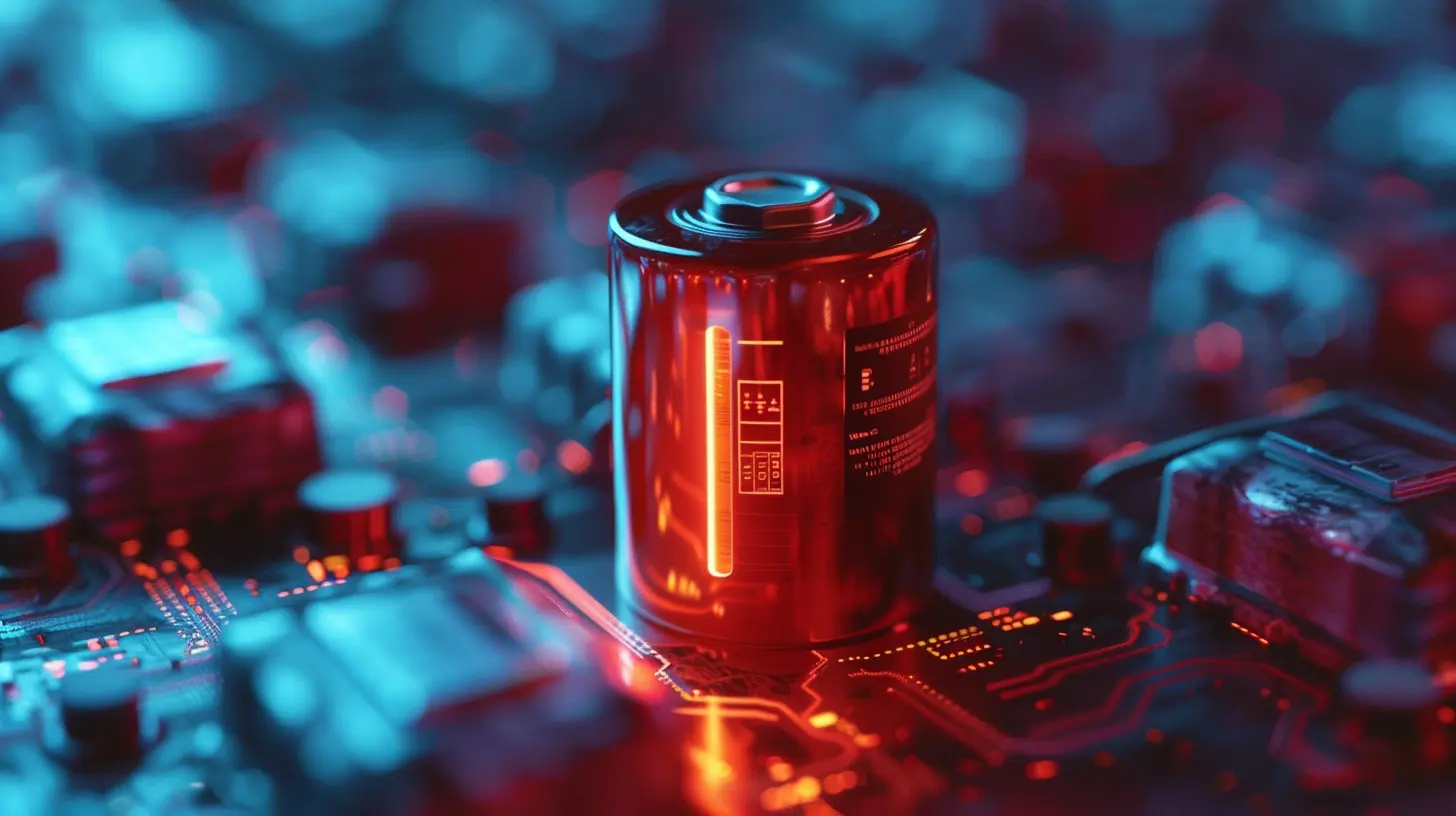The Rise of Lithium-Ion Alternatives in Batteries
9 October 2025
Lithium-ion batteries have been the backbone of modern technology for decades, powering everything from our smartphones to electric cars. But as demand skyrockets and concerns about sustainability and efficiency grow, researchers are on the hunt for better, safer, and more efficient alternatives.
Could we be on the cusp of a battery revolution? Let’s dive into the emerging contenders that are challenging lithium-ion’s dominance and what they could mean for the future of energy storage.

Why Are We Looking Beyond Lithium-Ion?
Lithium-ion batteries have served us well, but they aren’t perfect. Here are some of the key issues pushing scientists to find better options:- Resource Limitations – Lithium and cobalt, two key components, are not only scarce but also expensive to extract and refine.
- Environmental Concerns – Mining these materials often leads to deforestation, water pollution, and unethical labor practices.
- Safety Hazards – Lithium-ion batteries can overheat, catch fire, or even explode under certain conditions.
- Performance Constraints – While lithium-ion has improved over time, energy density and longevity are still limitations, especially for large-scale applications like electric grids.
With these challenges in mind, let’s look at the emerging battery technologies that could redefine the industry. 
1. Solid-State Batteries – The Next Big Thing?
Solid-state batteries are often hyped as the game-changer in energy storage, and for good reason. Instead of using a liquid electrolyte (like lithium-ion batteries), they use a solid material, eliminating many of the safety risks.Benefits of Solid-State Batteries
- Increased Energy Density – These batteries can store more power in a smaller space, potentially boosting electric vehicle ranges significantly.- Enhanced Safety – Without flammable liquid electrolytes, the risk of fire or explosion drops dramatically.
- Longer Lifespan – They degrade much slower, meaning devices and vehicles powered by them could last much longer.
Challenges and Drawbacks
- Currently, solid-state batteries are expensive to produce, and scaling them for mass adoption remains a challenge. But with big names like Toyota and QuantumScape heavily investing in the technology, we may see breakthroughs sooner than we think.
2. Sodium-Ion Batteries – The Affordable Contender
If lithium is hard to source and expensive, why not switch to something more abundant? Enter sodium-ion batteries. Since sodium is found in table salt and seawater, it's far more accessible than lithium.Why Sodium-Ion Could Be a Game-Changer
- Lower Cost – Sodium is widely available and cheaper to extract compared to lithium.- Better Sustainability – These batteries don’t rely on rare or conflict-prone materials.
- Cold Weather Performance – Unlike lithium-ion batteries, sodium-ion versions perform well in extreme temperatures.
Downsides
- Sodium-ion batteries currently have lower energy density than lithium-ion, meaning they may not pack as much power in small spaces. Yet, companies like CATL and Faradion are pushing major advancements, bringing them closer to real-world applications.
3. Lithium-Sulfur Batteries – Lighter and More Powerful
Lithium-sulfur (Li-S) batteries take lithium-ion technology a step further by swapping traditional cathodes for sulfur, a material that's cheaper and more abundant.What Makes Lithium-Sulfur Special?
- Incredibly High Energy Density – These batteries can store up to five times more energy than lithium-ion.- Lightweight Build – Lithium-sulfur batteries are much lighter, making them ideal for aerospace and electric vehicles (EVs).
- More Sustainable – Sulfur is highly abundant and less harmful to the environment.
The Challenges Holding It Back
- These batteries tend to degrade quickly after multiple charge cycles. However, recent advancements in nanotechnology are helping to overcome this, meaning we might see Li-S batteries in aircraft and EVs in the near future.4. Zinc-Air Batteries – Breathing Life into New Energy Storage
Zinc-air batteries use oxygen from the air as part of their chemistry, making them incredibly energy-dense and environmentally friendly.Why Consider Zinc-Air Batteries?
- Super High Storage Capacity – Perfect for long-term energy storage.- Low Cost & Abundance – Zinc is much more plentiful and less toxic than lithium.
- Environmentally Friendly – No harmful heavy metals are involved.
Where Do They Fall Short?
- Rechargeability has been a major issue, as these batteries degrade faster over time. But with new catalysts emerging, scientists are making strides in addressing this weakness.5. Graphene Batteries – The Ultra-Fast Charging Marvel
What if you could fully charge your phone in seconds or your EV in minutes? Graphene-based batteries might turn that dream into reality.Why Graphene Batteries Stand Out
- Lightning-Fast Charging – They can charge significantly faster than lithium-ion batteries.- Incredible Conductivity – Graphene’s superior electrical properties make energy transfer more efficient.
- Better Longevity – These batteries degrade much slower compared to lithium-ion.
Current Roadblocks
- Graphene is still expensive to produce at scale. However, as global research efforts continue, costs are expected to drop, making this technology more viable.What Does the Future Hold?
With so many promising alternatives in development, the days of complete lithium-ion dominance could be numbered. But don’t expect lithium-ion to disappear overnight—it will continue to evolve alongside these emerging technologies.The key challenge now is scaling up production, making these next-gen batteries cost-effective, and ensuring their long-term reliability.
One thing is certain: the battery industry is on the verge of a revolution, and the future of energy storage looks more exciting than ever.
all images in this post were generated using AI tools
Category:
Battery TechnologyAuthor:

Vincent Hubbard
Discussion
rate this article
1 comments
Celine Wood
Time to disrupt lithium; innovation demands it!
October 15, 2025 at 3:49 AM

Vincent Hubbard
Absolutely! Disrupting lithium is essential for advancing battery technology and sustainability. Innovations in alternatives could lead to more efficient, eco-friendly energy solutions.


